Table of Contents
FRANKLIN.D.ROOSEVELT PART 1
CHILDHOOD
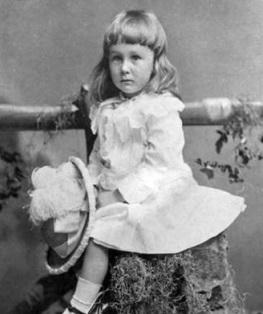
- Roosevelt was born on January 30, 1882, in the Hudson Valley town of Hyde Park, New York, to businessman James Roosevelt I and his second wife, Sara Ann Delano.
- Roosevelt’s parents, who were sixth cousins,both came from wealthy old New York families, the Roosevelts and the Delanos, respectively.
- Roosevelt grew up in a wealthy family. His father, James Roosevelt I, graduated from Harvard Law School in 1851, but chose not to practice law after receiving an inheritance from his grandfather, James Roosevelt.
- Sara was the dominant influence in Franklin’s early years.She once declared, “My son Franklin is a Delano, not a Roosevelt at all.”James, who was 54 when Franklin was born.
- Frequent trips to Europe—he made his first excursion at the age of two and went with his parents every year from the ages of seven to fifteen—helped Roosevelt become conversant in German and French. At age nine he attended public school in Germany.
- He learned to ride, shoot, row, and play polo and lawn tennis. He took up golf in his teen years, becoming a skilled long hitter. He learned to sail and when he was 16, his father gave him a sailboat.
STUDENT
- Roosevelt attended Groton School, an Episcopal boarding school in Groton, Massachusetts.
- Like most of his Groton classmates, Roosevelt went to Harvard College in nearby Cambridge, Massachusetts.Roosevelt was an average student academically.
- Roosevelt was undistinguished as a student or athlete, but he became editor-in-chief of The Harvard Crimson daily newspaper, a position that required great ambition, energy, and the ability to manage others.
- Roosevelt’s father died in 1900, causing great distress for him.The following year, Roosevelt’s fifth cousin Theodore Roosevelt became President of the United States.
- Theodore’s vigorous leadership style and reforming zeal made him Franklin’s role model and hero. Roosevelt graduated from Harvard in 1903 with an A.B. in history.
- Roosevelt entered Columbia Law School in 1904, but dropped out in 1907 after passing the New York bar exam. In 1908, he took a job with the prestigious Wall Street firm of Carter Ledyard & Milburn, working in the firm’s admiralty law division.
MARRIAGE
- In mid-1902, Franklin began courting his future wife Eleanor Roosevelt, whom he had been acquainted with as a child. Eleanor and Franklin were fifth cousins, once removed, and Eleanor was a niece of Theodore Roosevelt.
- On March 17, 1905, Roosevelt married Eleanor in New York City, despite the fierce resistance of his mother. While she did not dislike Eleanor, Sara Roosevelt was very possessive of her son, believing he was too young for marriage.
- She and Franklin had six children. Anna James, and Elliott were born in 1906, 1907, and 1910, respectively. The couple’s second son, Franklin, died in infancy in 1909. Another son, also named Franklin, was born in 1914, and the youngest child, John, was born in 1916.
- Roosevelt had various extra-marital affairs.
POLITICAL CAREER
- Roosevelt held little passion for the practice of law and confided to friends that he planned to eventually enter politics. Prior to the 1910 elections, the local Democratic Party recruited Roosevelt to run for a seat in the New York State Assembly.
- Theodore privately encouraged his cousin’s candidacy despite their differences in partisan affiliation.Roosevelt soon became a popular figure among New York Democrats, though he had not yet become an eloquent speaker.
- Roosevelt was elected in the 1912 as Newyork state senate. After the elections, he served as chairman of the Agriculture Committee, and his success with farm and labor bills was a precursor to his New Deal policies twenty years later.
- During the 1912 National Democratic Convention, Roosevelt supported presidential candidate Woodrow Wilson and was rewarded with an appointment as Assistant Secretary of the Navy.
- At the 1920 Democratic Convention he accepted the nomination for vice president, as James M. Cox’s running mate. The pair was soundly defeated by Republican Warren G. Harding in the general election, but the experience gave Roosevelt national exposure.
- Roosevelt repaired his relationship with New York’s Democratic political machine. He appeared at the 1924 and 1928 Democratic National Conventions to nominate New York governor Al Smith for president, which increased his national exposure.
PARALYSIS
- After the election, Roosevelt returned to New York City, where he practiced law and served as a vice president of the Fidelity and Deposit Company.
- He also sought to build support for a political comeback in the 1922 elections, but his career was derailed by illness.While the Roosevelts were vacationing at Campobello Island in August 1921, Roosevelt fell ill.
- Roosevelt was left permanently paralyzed from the waist down. He was diagnosed with poliomyelitis at the time, Though his mother favored his retirement from public life, Roosevelt was all determined to continue his political career.
- Roosevelt maintained contacts with the Democratic Party during the 1920s, and he remained active in New York politics while also establishing contacts in the South, particularly in Georgia.
GOVERNOR OF NEW YORK
- As the Democratic Party presidential nominee in the 1928 election, Smith in turn asked Roosevelt to run for governor in the state election.
- Roosevelt won the party’s gubernatorial nomination by acclamation, and he once again turned to Louis Howe to lead his campaign.
- Roosevelt was elected governor by a one-percent margin.Roosevelt’s election as governor of the most populous state immediately made him a contender in the next presidential election. • Upon taking office in January 1929, Roosevelt proposed the construction of a series of hydroelectric power plants.
GREAT DEPRESSION
- In October 1929, the Wall Street Crash occurred, and the country began sliding into the Great Depression. While President Hoover and many state governors believed that the economic crisis would subside, Roosevelt saw the seriousness of the situation and established a state employment commission.
- He also became the first governor to publicly endorse the idea of unemployment insurance.
- He ran on a platform that called for aid to farmers, full employment, unemployment insurance, and old-age pensions and Roosevelt was elected to a second term by a 14% margin.
- With the Hoover administration resisting proposals to directly address the economic crisis, Governor Roosevelt proposed an economic relief package and the establishment of the Temporary Emergency Relief Administration to distribute those funds
DEATH
- In 1960, he suffered a heart attack. He was treated by top doctors in India, including his friend Dr Bidhan Chandra Roy, the then Chief Minister of West Bengal.
- His health started deteriorating and he died on 7 March 1961 at the age of 74, from a cerebral stroke. At that time he was still in office as the Home Minister of India.
FRANKLIN.D.ROOSEVELT PART 2
Mr.PRESIDENT MR.PRESIDENT(1933)
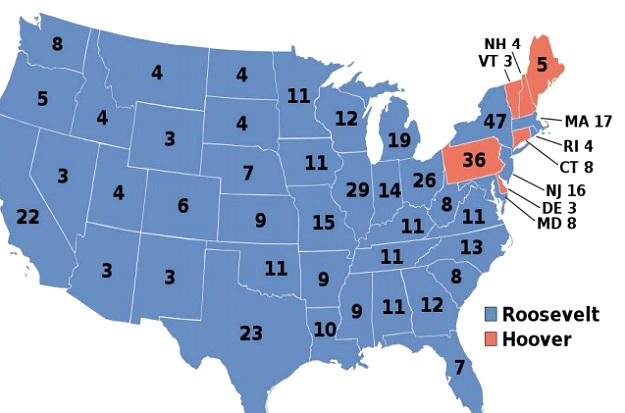
- As the 1932 presidential election approached, Roosevelt increasingly turned his attention to national politics. He established a campaign team led by Howe and Farley and a “brain trust” of policy advisers.
- Roosevelt was elected in November 1932 but, like his predecessors, would not take office until the following March.
- In February 1933, Roosevelt escaped an assassination attempt by Giuseppe Zangara, who expressed a “hate for all rulers.” Attempting to shoot Roosevelt.
NEW DEAL POLICY
- When Roosevelt was inaugurated on March 4, 1933, the U.S. was at the nadir of the worst depression in its history. A quarter of the workforce was unemployed. Farmers were in deep trouble as prices had fallen by 60%.
- Industrial production had fallen by more than half since 1929. Two million people were homeless. By the evening of March 4, 32 of the 48 states – as well as the District of Columbia – had closed their banks.
- Historians categorized Roosevelt’s program as “relief, recovery and reform.” Relief was urgently needed by tens of millions of unemployed. Through Roosevelt’s series of radio talks, known as fireside chats, he presented his proposals directly to the American public.
- On his second day in office, Roosevelt declared a “bank holiday” and called for a special session of Congress to start March 9, on which date Congress passed the Emergency Banking Act.
- When the banks reopened on Monday, March 15, stock prices rose by 15 percent and bank deposits exceeded withdrawals, thus ending the bank panic.
- The Federal Emergency Relief Administration (FERA), under the leadership of Harry Hopkins, was designed to distribute relief to state governments.
- The most popular of all New Deal agencies – and Roosevelt’s favorite – was the Civilian Conservation Corps (CCC), which hired 250,000 unemployed young men to work on local rural projects.
NEW DEAL POLICY
- Roosevelt also expanded a Hoover agency, the Reconstruction Finance Corporation, making it a major source of financing for railroads and industry.
- Roosevelt also made agricultural relief a high priority and set up the Agricultural Adjustment Administration (AAA). The AAA tried to force higher prices for commodities by paying farmers to leave land uncultivated and to cut herds.
- Reform of the economy was the goal of the National Industrial Recovery Act (NIRA) of 1933. It sought to end cutthroat competition by forcing industries to establish rules of operation for all firms within specific industries, such as minimum prices, agreements.
SECOND TERM(1937) JUDICIARY vs ROOSEVELT
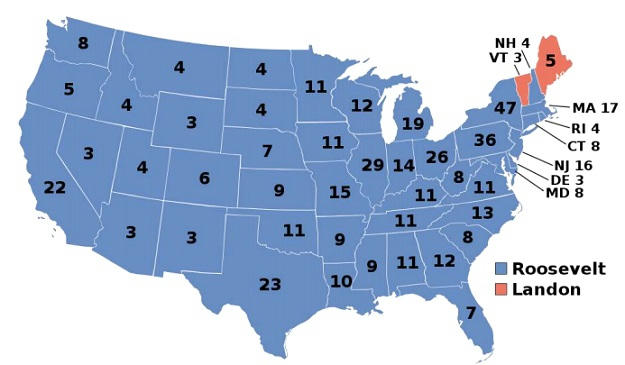
- The Supreme Court became Roosevelt’s primary domestic focus during his second term after the court overturned many of his programs which saw numerous economic regulations struck down on the basis of freedom of contract.
- Roosevelt proposed the Judicial Procedures Reform Bill of 1937, which would have allowed him to appoint an additional Justice for each incumbent Justice over the age of 70; in 1937, there were six Supreme Court Justices over the age of 70.
- Roosevelt did manage to pass some legislation, including the Housing Act of 1937, a second Agricultural Adjustment Act, and the Fair Labor Standards Act (FLSA) of 1938, which was the last major piece of New Deal legislation. The FLSA outlawed child labor, established a federal minimum wage, and required overtime pay.
ECONOMIC SUCCESS
- Government spending increased from 8.0% of gross national product (GNP) under Hoover in 1932 to 10.2% of the GNP in 1936.
- The economy grew 58% from 1932 to 1940 in 8 years of peacetime, and then grew 56% from 1940 to 1945 in 5 years of wartime.
- Unemployment fell dramatically during Roosevelt’s first term. It increased in 1938 (“a depression within a depression”) but continually declined after 1938.
- Total employment during Roosevelt’s term expanded by 18.31 million jobs, with an average annual increase in jobs during his administration of 5.3%
1941
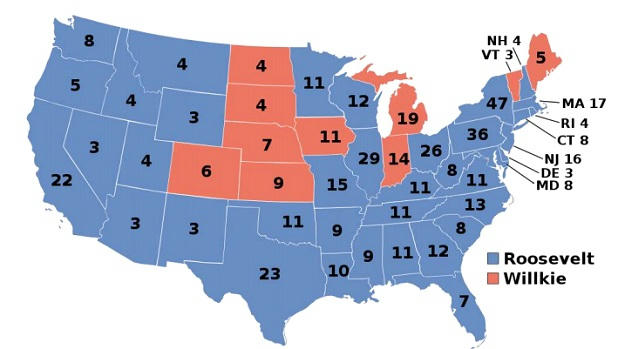
RESULTS WORLD WAR 2
- Roosevelt’s third term was dominated by World War II. With his famous Four Freedoms speech in January 1941.In August 1941, Roosevelt and Churchill conducted a highly secret bilateral meeting in which they drafted the Atlantic Charter conceptually outlining global wartime and postwar goals.
- After the German invasion of Poland, the primary concern of both Roosevelt and his top military staff was on the war in Europe, but Japan also presented foreign policy challenges.
- The Japanese believed that the destruction of the United States Asiatic Fleet (stationed in the Philippines) and the United States Pacific Fleet (stationed at Pearl Harbor in Hawaii was vital to the conquest of Southeast Asia.
PEARL HARBOUR
- On the morning of December 7, 1941, the Japanese struck the U.S. naval base at Pearl Harbor with a surprise attack, knocking out the main American battleship fleet and killing 2,403 American servicemen and civilians.
- In a nearly unanimous vote, Congress declared war on Japan. After the Japanese attack at Pearl Harbor, antiwar sentiment in the United States largely evaporated overnight. On December 11, 1941, Hitler and Mussolini declared war on the United States.
MANHATTAN PROJECT
- After the attack on Pearl Harbor, the Roosevelt administration secured the funds needed to continue research and selected General Leslie Groves to oversee the Manhattan Project, which was charged with developing the first nuclear weapons.
- Roosevelt and Churchill agreed to jointly pursue the project, and Roosevelt helped ensure that American scientists cooperated with their British counterparts.
- Roosevelt coined the term “Four Policemen to refer the “Big Four” Allied powers of World War II, the United States, the United Kingdom, the Soviet Union and China.
ESTABLISHMENT OF UNITED NATIONS
- In November 1943, Roosevelt, Churchill, and Stalin met to discuss strategy and post-war plans at the Tehran Conference, where Roosevelt met Stalin for the first time.
- Subsequent conferences at Bretton Woods and Dumbarton Oaks established the framework for the post-war international monetary system and the United Nations an intergovernmental organization similar to Wilson’s failed League of Nations.
- Roosevelt, Churchill, and Stalin met for a second time at the February 1945 Yalta Conference. The three leaders agreed to hold a conference in 1945 to establish the United Nations, and they also agreed on the structure of the United Nations Security Council, which would be charged with ensuring international peace and security.
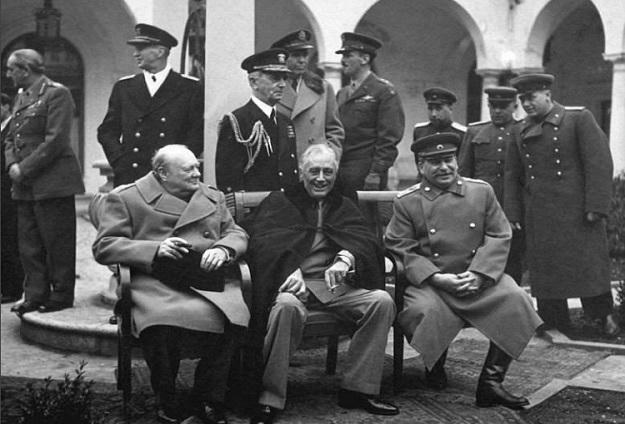
MANHATTAN PROJECT
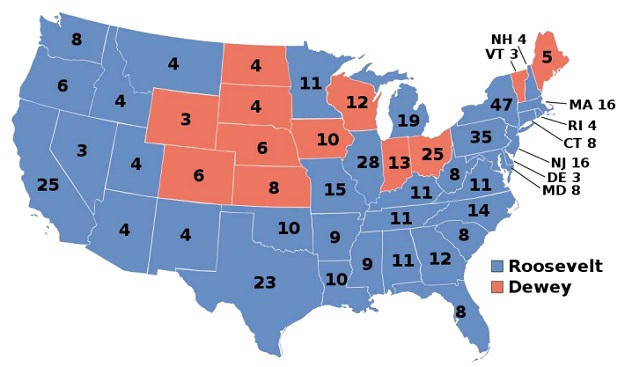
DEATH
- When Roosevelt returned to the United States from the Yalta Conference, many were shocked to see how old, thin and frail he looked.
- On the afternoon of April 12, Roosevelt said, “I have a terrific headache.”He then slumped forward in his chair, unconscious, and was carried into his bedroom. The president’s attending cardiologist, Dr. Howard Bruenn, diagnosed the medical emergency as a massive cerebral hemorrhage. At 3:35 p.m. that day, Roosevelt died at the age of 63.
- On the morning of April 13, Roosevelt’s body was placed in a flagdraped coffin and loaded onto the presidential train for the trip back to Washington. As was his wish, Roosevelt was buried on April 15 in the Rose Garden of his Springwood estate.

























 WhatsApp
WhatsApp